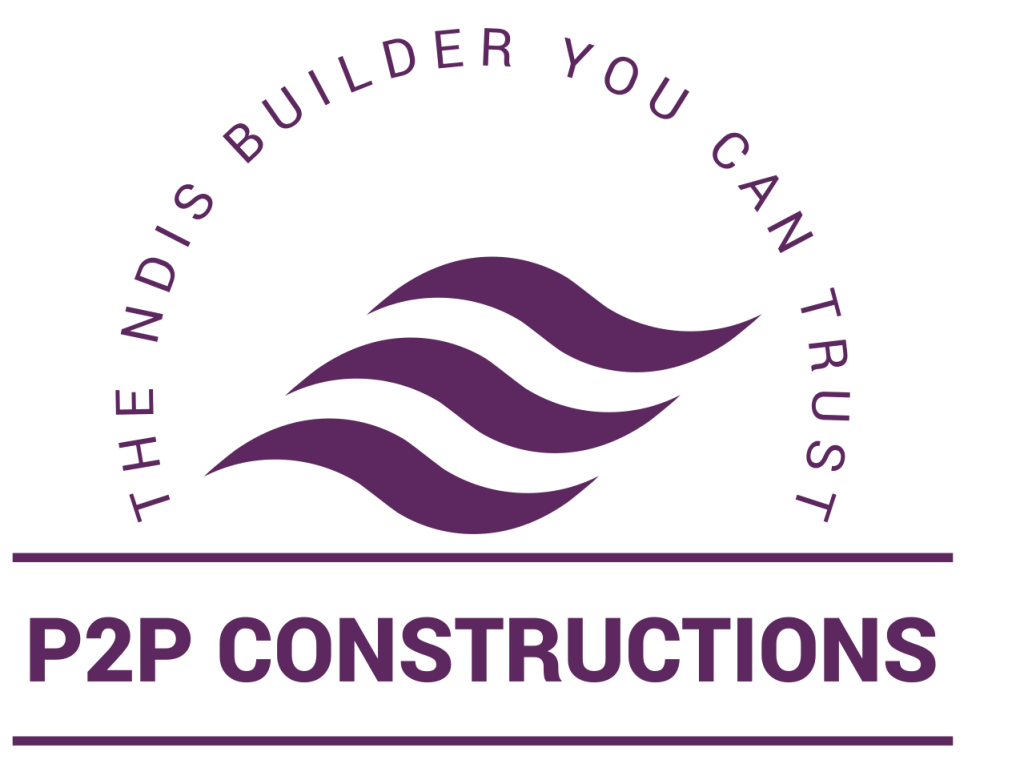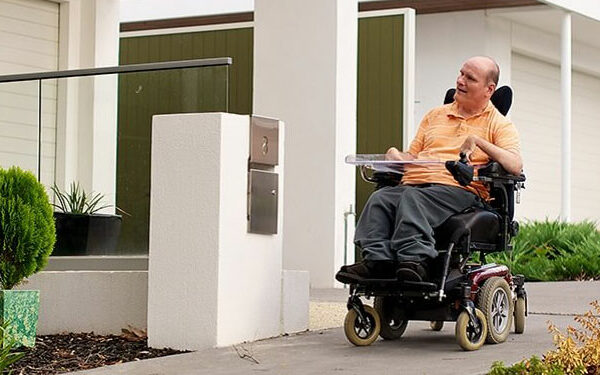The National Disability Insurance Scheme (NDIS) is designed to provide Australians with disabilities the support they need. However, sometimes participants may find that their funding does not fully cover their needs. Here’s a comprehensive guide on how to increase your NDIS funding.
1. Understanding Your Current Plan
Before seeking additional funding, it’s crucial to thoroughly understand your current NDIS plan. Review each section, identify what is covered, and recognize any gaps. Understanding your plan’s limitations and strengths will prepare you for advocating for more funds effectively.
Takeaway: Knowledge of your current plan is the first step toward identifying the need for additional funding.
2. Identifying Unmet Needs
List all the supports and services you currently need but are not covered by your existing NDIS plan. This could include additional therapy sessions, specialized equipment, or increased support hours. Having a detailed list will help you build a strong case.
Takeaway: Identify and document unmet needs to strengthen your funding request.
3. Gathering Supporting Evidence
Collect supporting evidence to substantiate your need for increased funding. This may include medical reports, letters from therapists, or assessments from support workers. The more comprehensive and detailed your evidence, the stronger your case will be.
Takeaway: Comprehensive supporting evidence is essential for convincing the NDIS to provide additional funding.
4. Updating Your Goals
Ensure that your NDIS goals reflect your current needs and aspirations. Update your goals to include the new supports and services you require. Clearly articulate how additional funding will help you achieve these goals.
Takeaway: Aligning your funding request with your updated goals demonstrates the relevance and necessity of additional support.
5. Requesting A Plan Review
Formally request a plan review from the NDIS. This can be done through a Change of Circumstances form or by contacting the NDIS directly. Explain why your current plan is insufficient and what changes you are requesting.
Takeaway: A formal plan review request is a critical step in obtaining additional funding.
6. Preparing For The Review Meeting
Prepare thoroughly for your review meeting. Have all your documentation organized, and be ready to discuss your needs and goals in detail. Practice articulating your case clearly and confidently.
Takeaway: Effective preparation and communication can significantly impact the outcome of your review meeting.
7. Engaging An Advocate
Consider engaging an advocate or support coordinator to assist with your funding request. These professionals can provide valuable advice, help organize your evidence, and represent your interests during the review process.
Takeaway: Professional advocacy can enhance your chances of securing additional funding.
8. Utilizing Your Support Network
Leverage your support network, including family, friends, and healthcare providers, to support your case. They can provide additional evidence, write supporting letters, and offer moral support throughout the process.
Takeaway: A strong support network can provide additional credibility and support for your funding request.
9. Appealing Decisions
If your request for additional funding is denied, you have the right to appeal the decision. Familiarize yourself with the NDIS appeals process, and consider seeking legal advice if necessary.
Takeaway: Don’t be discouraged by an initial denial; appealing decisions is a valid and sometimes necessary step.
10. Monitoring And Adjusting Your Plan
Once you receive additional funding, regularly monitor and adjust your plan as needed. Keep detailed records of how the funding is being used and its impact on your goals. This will help in future reviews and ensure that your needs continue to be met.
Takeaway: Ongoing monitoring and adjustment ensure that your NDIS plan remains relevant and effective in meeting your needs.
What Are The Three Budget Components Of An NDIS Funding Package?
An NDIS funding package is divided into three primary budget components: Core support, Capital Support, and Capacity Building Support. Each component is designed to cover different types of expenses and support needs for participants.
1. Core Supports
Core Supports provide funding for everyday activities and assistance that help participants live as independently as possible.
Key Categories:
- Assistance with Daily Life: Support for personal activities such as showering, dressing, and meal preparation.
- Transport: Funding for transportation to enable participation in community, social, economic, and daily life activities.
- Consumables: Everyday items like continence aids and nutritional supplements.
- Assistance with Social and Community Participation: Support for engaging in social or recreational activities.
Flexibility:
- The Core budget is generally flexible, allowing participants to use the funding across different support categories as needed.
2. Capital Supports
Capital Supports are for investments in assistive technologies, equipment, and home or vehicle modifications that help participants live more independently.
Key Categories:
- Assistive Technology: Equipment or devices that assist with mobility, communication, or daily tasks (e.g., wheelchairs, communication devices).
- Home Modifications: Changes to a participant’s home to improve accessibility and safety (e.g., ramps, bathroom modifications).
- Specialist Disability Accommodation (SDA): Funding for accommodation designed for participants with very high support needs.
Flexibility:
- The Capital budget is not flexible and must be used for its intended purpose.
3. Capacity Building Supports
Capacity Building Supports aim to help participants build skills and independence in specific areas of their lives.
Key Categories:
- Support Coordination: Assistance in understanding and implementing the NDIS plan.
- Improved Living Arrangements: Help with finding and maintaining appropriate accommodation.
- Increased Social and Community Participation: Skills development programs that encourage community engagement.
- Finding and Keeping a Job: Employment-related support and training.
- Improved Relationships: Support to develop social skills and positive behaviors.
- Improved Health and Wellbeing: Exercise or diet advice, and help with managing health conditions.
- Improved Learning: Assistance with education and training.
- Improved Life Choices: Financial management and plan management.
- Improved Daily Living: Therapy services and training for increased independence in daily activities.
Flexibility:
- The Capacity Building budget is allocated to specific goals and cannot be transferred between categories.
Conclusion:
Successfully obtaining more NDIS funding requires a strategic approach that includes understanding your current plan, clearly identifying unmet needs, gathering comprehensive evidence, and effectively communicating your case. Engaging professionals and leveraging your support network can significantly enhance your chances of securing additional funding. If you are looking for NDIS Builders near you we are the best ndis approved builders in Queensland.






